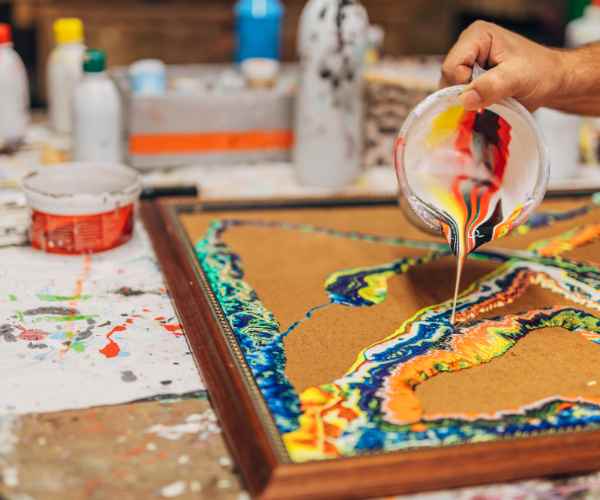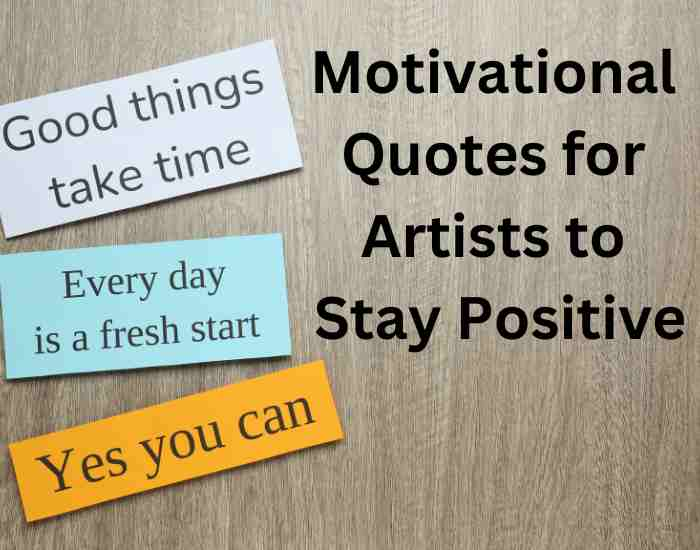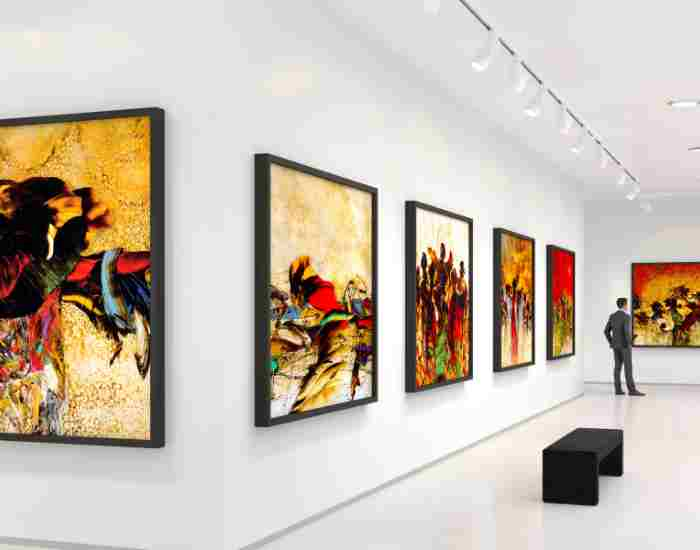Dipping my brush into acrylic paint for the first time and looking for the slow pace of oil painting, I was startled. The paint spread out instantly, its color bright and unforgiving. This was my introduction to alla prima painting with acrylics, a method typically linked to oils but peculiarly demanding and fulfilling in terms of acrylics.
Alla prima is an Italian phrase meaning “at first attempt” – it is a technique where artists lay wet colors on top of wet underpainting without waiting for the previous applications to dry. Historically associated with oil painting, alla prima allows the artist to work quickly, capturing the essence of their subject with fast efficiency. It is widely recognized as being able to represent light, shadow and atmosphere in ways that make them feel alive thereby making it ideal for plein air as well as studio work.

The attraction behind alla prima painting lies in its spontaneity and directness of expression which it gives to an artist. Whether trying to capture fleeting sunlight across a landscape or subtle nuances within a portrait, nothing else can match this immediacy and emotional depth than alla prima.
Why choose acrylics for alla prima painting?
Acrylic paints are distinctive because of their fast-drying features, which can be both an advantage and a challenge to the alla prima painters. In contrast to oils which have long drying period and allow for extended manipulation, acrylics require a painter to adopt a quick and rigorous technique. Although, this feature may seem difficult at a first glance, it promotes a particular spontaneity in putting paint on canvas, resulting in unexpected yet splendid output.
One cannot avoid drawing the distinction between acrylics and oils while discussing alla prima. It is not surprising that oil paints have always been favored with this method because of the thick texture they are capable of providing, in addition to the long time available to work with them. Still, acrylics do have some of it’s own benefits; they are water soluble so they are easy to wash; they are very flexible as they can act like oils, even water paints; and they are less harmful as they do not need any chemical solvents. Artists such as Frans Hals and John Singer Sargent who have greatly accomplished in painting alla prima oil works may have even found it appealing to use acrylics for certain subjects painted in haste or had a need of great graphics.
It is true that acrylics are now widely used by contemporary artists for alla prima painting, as they have taken the medium further than it has ever been. Research work combined with personal narratives attest to the promises of acrylics in alla prima painting. For instance, empirical studies have found out that artists have used acrylic paints in such a way that they layered both the subtlety and drama of the subjects, with artists such as Damian Callan being cited as examples. Their work not only demonstrates the technical viability of the use of acrylics for alla prima, but the peculiar attributes that these paintings possess, such as striking color saturation, rapid modifications through layering, and texture variation.
Gathering Your Materials for Alla Prima Painting in Acrylics
Getting the right materials for alla prima painting with acrylics is not optional but a prerequisite because there are very few chances of achieving an effect you are after without them. To paint alla prima in the dynamic spirit of this style and with the immediateness for which it is renowned, a clear detailed plan is required. I will provide you with a detailed checklist of materials, some selection recommendations that have different price ranges and artistic aims, and a plan so that you can arrange your studio for your next painting session as efficiently as possible.
It is worth listing all the materials one needs in detail.
- Acrylic Paints: Make sure to buy from reliable brands as they tend to ensure pigment concentration and fixation. There are several brands available ranging from professional to beginner such as Golden, Liquitex, Winsor & Newton. A standard set of paints should cover the spectrum of the three primary colors, a few earth tone colors, and white. If you want to practice landscape painting or situation, add colors suitable for the region you reside in.
- Brushes: Having different sizes and shapes is very important if having a lot of variety is the goal. Add large flat brushes to be able to paint wide areas and small round ones for detailed work. Natural fibers and bristles are not recommended for developers of acrylics as they are prone to damage the brush. Da Vinci, Princeton and Blick are great brands with reasonable pricing and great quality as well.
- Canvas or Paper: For alla prima, stretched canvases or boards are preferable since they are easy to work with and hold the paint well. However, if one is practicing or working on multiple drafts, heavyweight acrylic paper can be cheap yet durable.
- Palette: For alla prima painting with acrylics, a stay-wet palette is highly effective as it makes the paints easier to use. A stay wet palette is one where a special membrane is placed on the palette and this keeps the paints wet for a longer period of time. When in a hurry or when materials are unavailable, using wet paper towels with parchment paper is also a good idea.
- Mediums: Although they are not always required for the use of acrylic paint, a medium can still alter the texture, drying speed, and the opacity of the paint. An example of such would be a explaining a slow-drying medium which makes all prima paintings easier to paint by permitting extended time for fusion and manipulation of paint.
My Suggestions for choosing the materials
Do not be afraid to experiment: Doing things in this manner ensures that only the finest style and techniques are perfected, which is relayed by the wide range of materials, types and brands loosen out by first timer so that no more effective sceneries are remaining. For beginners, buying larger or bulkier packs could be detrimental. Rather an option would be to start with smaller sets, or sampler packs.
Maintaining Budget and Quality Standards: In effect, while high quality materials offer all the assurance that they can, in practice, mid range products serve for its purpose thus why it is recommended for starters to use mid range products as compared to low range products. Rather, the bulk of cheaper materials this bulk of cheap materials may be less effective compared to investing on brushes or a buying primary color sets while still using mid range brushes.
The Best Setup Before You Paint
- Correct Lightning: For color accuracy, it is best to prefer natural light but in case indoor and at night time substitute with LED daylight bulbs tinted to avoid overly bright lighting colors.
- Tidy Work Area: Position the jar of water, your brushes, and paints close your reach in order to avoid frustrating interruptions. Moreover, palette tables can be positioned parallel to your working area to avoid topsy-turvy arrangements.
- Comfort: Adjust the height at which your easel or work surface is so that there’s ease while you are painting. Again, sitting through hours painting can be demanding on the body thus having an easel or standing on a mat helps avoid fatigue from painting.
- Ventilation: There has to be sufficient air flow in a room; two doors or windows in a room is ideal especially if the room is small. Although acrylic paint is less toxic compared to oil paints, it is still important for any room to have enough fresh air for safety work ethics.
- Inspiration: Get images, objects or scenery that can successfully helpin creating a painting. A mood board or relevant pictures can guide one during the painting process to have direction and more ideas regarding the painting.
Techniques and Tips to Master Alla Prima with Acrylics
Mastering the use of acrylics in alla prima technique demands that one has a good understanding of the materials themselves as well as how they will be applied. Because of the properties inherent in acrylic paints, certain treatment has to be applied to achieve a work of art that is immediate in its expressiveness. In the sections to follow I describe my understanding of how best one can manage palettes, brush works, texture paintings, drying times, and research alongside other artists in the community.
Understanding Your Palette
Any successful work of art created with the alla prima technique has a thoughtfully considered color palette. Mixing of colors exponentially increases the speed at which you can work allowing you to do more, having an impact especially on the final painting done with rapid drying acrylics.
Color Selection
- Primary Colors: Always make use of the primary colors: cyan, magenta, yellow, and white. These give room for any other hue combination that could be desired.
- Secondary and Tertiary Colors: With the use of a few secondary and tertiary color pre-mixed, time can be spared when one is painting.
- Earth Tones: The color burnt sienna along with raw umber is perfect for ensuring that the paintings are rich in warmth and depth.
Palette Arrangement
Arrange your colors from the lightest to the darkest one or simply according to the order of the color wheel. This way the process of looking for the right one will be easier and faster to accomplish.
A stay-wet palette can be used to prolong the time of painting over concrete areas, thus making sure that they remain workable. These palettes consist of special paper and a sponge which prevent the acrylic from drying too quickly.
Brushwork Texture
The paint can be smooth, thick or heavy due to the properties of acrylics. The difference is fully dependent on the tools and the application technique used.
Texture Application
- Impasto: To create a protruding texture on the canvas, apply heavy body acrylics with a stiff brush or a palette knife instead of mixing with paint.
- Glazing: To add depth and brightness to your piece, simply think the acrylic paint with a glazing medium allowing you to create transparent layers of colors across your canvas.
- Dry Brush: Fragments of dry brushstrokes on the canvas can adequately imply foliage texture as well as rough surfaces.
Controlling Acrylic Paint Drying Time
Facing difficulty with acrylic paint’s intermediate drying time can be a consistent challenge; but alongside, it also has the merits in terms of all prima paintings promoting cut and thrust, quick paced unscripted painting.
Increasing Drying Time
- Retarders: Applying retarders to your paint can give you the flexibility to easily blend strokes which ideally dries quick in standard circumstances.
- Misting: Maintain a water spray bottle that can come handy to mist your canvas and palette so the paint does not dry out on them too fast but avoid diluting the paint.
Countering Quick Drying
One of the many techniques is to work on multiple angles on one canvas painting by diluting in layers.
Allowing fast-drying attribute to work in your favor by merging colors quickly without waiting too long on drying time – enables the canvas to have more depth and details painted onto it.
Personal Insights
I have focused on a great combination of applying faster drying but also a longer time to work if I want to perfectly master the alla prima painting technique with the use of acrylics. This required a lot of experimenting with different mediums and techniques. For example, I made a change and added a slow drying medium to my palette which completely changed my method of painting by enabling softer mixes and smoother transitions.
Also, there is an interesting point that instead of going against the properties of acrylics, it is recommended to use them as they are which allows for a more natural and organic process. The ease of building layers and textured surfaces within the alle prima technique creates an array of possibilities for self-expression.
Common Mistakes and How to Avoid Them in Alla Prima Painting With Acrylics
Indeed, the alla prima painting journey with acrylics is both entertaining and demanding Among the professional artists I have worked with throughout my years in the profession, there are a few common mistakes that I have learnt from speaking to them which tend to hold back a leaner. Hence, the purpose of this is to highlight the mistakes and then suggest how to avoid them as learned from both my perspective and the industry at large.
Overmixing Colors
- Mistake: A multitude of individuals faces the problem of overmixing, they mix only the basic tones in order to derive auxiliary colours on the palette which results in muddy and undefined colours.
- Solution: Aim to prevent this by carefully mixing your colors and using the least number of strokes possible. Visualize the color you want to accomplish, then mix with a palette knife. It may also be useful to restrict color palette selection to a few colors for color saturation.
The war with dry time
- Mistake: It is quite common for beginners to get frustrated with acrylics due to the rapid dryness they are yet not fully blended or the artwork is a work in progress over a period of time.
- Solution: To finish the paint slower, combine retarders into it. Additionally, misting your work with a spray bottle or working under more humid conditions may make the paint workable for a longer time. This reduces the challenge of thickening quite common with acrylics which can inhibit smooth painting masterworks. Starting off by altering your speed and ductility to align with acrylics would be prudent.
Not Properly Preparing the Surface
Mistake: Many novice painters tend to jump the tedious step of prepping the surface. This is a disaster waiting to happen as it can cripple the straightness and accuracy of the whole piece of work by making the paint poorly adhere to only parts or creating a mean surface color.
Therefore, always prime without fail your canvas, or you can use gesso as your means to priming your surface. This practice not only ensures an even surface in preparation for painting but also improves the brilliance and durability of paints.
Working on a painting too much.
- What went wrong: The most crucial aspect to consider and understand for the success of the paint will be how overworking one area for a painting may turn result into a dead zone, and with an acrylic effect, it does dry a little differently, so puddions get easily created within the adopts of the tone being used.
- What to do: Painters should practice this habit – just work on a stroke and stop worrying about it as an issue and, on the other hand, get accustomed to ignoring areas that do not look good at the moment and come to in view the formation as a whole, instead wait for it to dry. As a result, this reduces the chances of overmixing and maintains the aspects of the hues to be strong and fresh.
Distance from considering the overall importance of light within the composition of the painting may not work out well.
- What went wrong: If you truly forget the role that light plays within a painting, what the tone will be and what the final artwork will appear to be will completely miss the spot of creativity as it may be flat, boring, and unimaginative.
- What to do: In all aspects of the painting always remember where the light will come from, and from what angle, as, through that, dimension will be created, certain areas, the key points, will get more focus in contrast to other details in the painting. Thoroughly sketching and planning out your light sources before commencing the project will help greatly in the success.
FAQs
What Factors Should Be Taken into Consideration in Order to Pick the Correct Subject for the Alla Prima Painting Technique?
Begin your observations with subjects that you either enjoy or find visually appealing. To those who are just beginning, practice compositions and light with objects and basic landscapes. Be mindful of the time available and the specifics of the subject to make sure it fits with the goals behind the alla prima technique.
What Do I Do If the Paint Dries Too Quickly?
Counteract paint’s fast-drying nature when applying it to your canvas through proper techniques. A mist spray can be used to gently moisten a canvas, or use mediums that take longer to dry. Try to alter your painting technique so that it becomes more definitive for you. Count on every stroke to be the last one for that stroke to be worth it.
Where Should I Start If I Want to Learn the Alla Prima Method?
Make it a habit to practice on a certain basis and put a limit to yourself of realistic targets within one sitting. When starting out stick to learning the basics of color, light and brushes by using basic and easy compositions. As you get the hang of it, your confidence should allow you to move onto more complex subjects. Try taking photos or writing a journal that expresses your development for motivation to keep pushing yourself.
Can I use acrylics for Plein Air Alla Prima painting?
Yes, I use acrylics for outdoor paintings all the time. They are easy to carry around and dry relatively quickly. When painting outdoors, try to anticipate how the sky looks and be quick to paint it all in one go. Stay wet palettes for acrylics are able to manage the drying time of the paints which lets you enjoy painting in the first place.
Are There Any Recommended Resources for Learning More About Alla Prima Painting with Acrylics?
Artists wishing to continue their progression towards being professionals in the art of painting using the alla prima technique can find plenty of resources that are already available in the market. Online classes, courses, and workshops can teach a huge number of skills. While some books focus on oil painting, “Alla Prima: Everything I Know About Painting: by Richard Schmid” widely popular emphasizes useful facts that could be in acrylic paints as well. Participating in local art groups or joining forums opens up so many opportunities in terms of support, motivation, and feedback from other artists.
Conclusion
Undertaking the process of learning how to alla prima paint with acrylics is an exciting, challenging and rewarding experience. This technique, which is particularly popular because it can execute the essence and liveliness of a subject in one stroke, allows the artists to explore their vision in a new way. The directness of the alla prima technique combined with the range achieved with acrylic paint leaves room for artistic fun and development.
There is no doubt that the learning process is an electrifying one.The exploration of new styles and approaches with every connected canvas, the ventures of color and light, and the aspects of the brush are the tasks that she finds appealing. Because acrylics dry quickly, there is a certain level of excitement and resolution incorporated into the work, along with the use of highly commanding techniques.
Additionally, the path of an artist is one that is best traversed in company. Thus, let me invite you to be part of the dynamic group of alla prima painters. Describe your participation, tell about your wins and what you managed to gain from the process. Interact actively with them, seeking and giving advice, motivation and help. Together, we can create an environment of perpetual exploration and comprehension.
More Post




